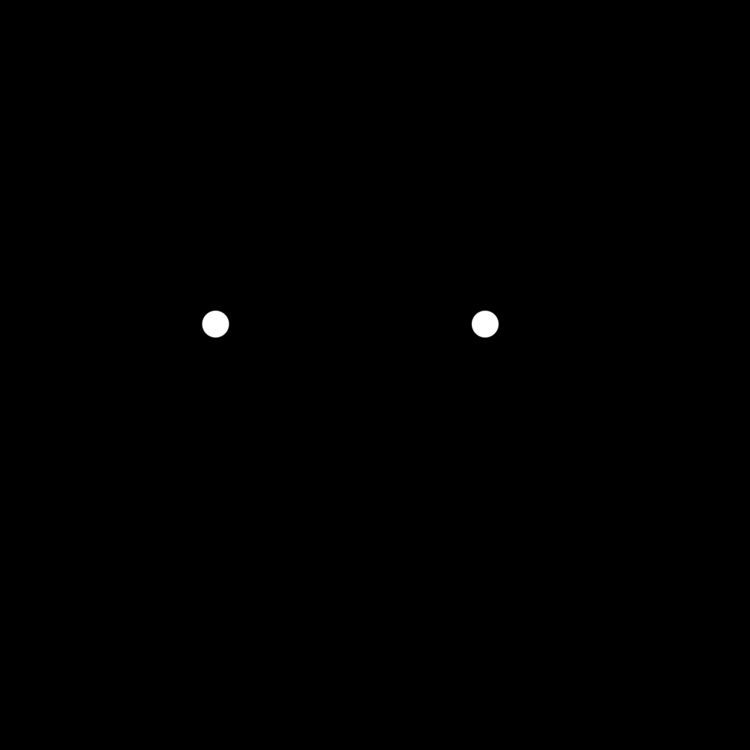In crystallography, the Laue equations give three conditions for incident waves to be diffracted by a crystal lattice. They are named after physicist Max von Laue (1879–1960). They reduce to Bragg's law.
Take k i to be the wavevector for the incoming (incident) beam and k o to be the wavevector for the outgoing (diffracted) beam. k o − k i = Δ k is the scattering vector (also called transferred wavevector) and measures the change between the two wavevectors.
Take a , b , c to be the primitive vectors of the crystal lattice. The three Laue conditions for the scattering vector, or the Laue equations, for integer values of a reflection's reciprocal lattice indices (h,k,l) are as follows:
a ⋅ Δ k = 2 π h b ⋅ Δ k = 2 π k c ⋅ Δ k = 2 π l These conditions say that the scattering vector must be oriented in a specific direction in relation to the primitive vectors of the crystal lattice.
If G = h A + k B + l C is the reciprocal lattice vector, we know G ⋅ ( a + b + c ) = 2 π ( h + k + l ) . The Laue equations specify Δ k ⋅ ( a + b + c ) = 2 π ( h + k + l ) . Hence we have Δ k = G or k o − k i = G .
From this we get the diffraction condition:
k o − k i = G ( k i + G ) 2 = k o 2 k i 2 + 2 k i ⋅ G + G 2 = k o 2 Since ( k o ) 2 = ( k i ) 2 (considering elastic scattering) and G = − G (a negative reciprocal lattice vector is still a reciprocal lattice vector):
2 k i ⋅ G = G 2 .
The diffraction condition 2 k i ⋅ G = G 2 reduces to the Bragg law 2 d sin θ = n λ .

